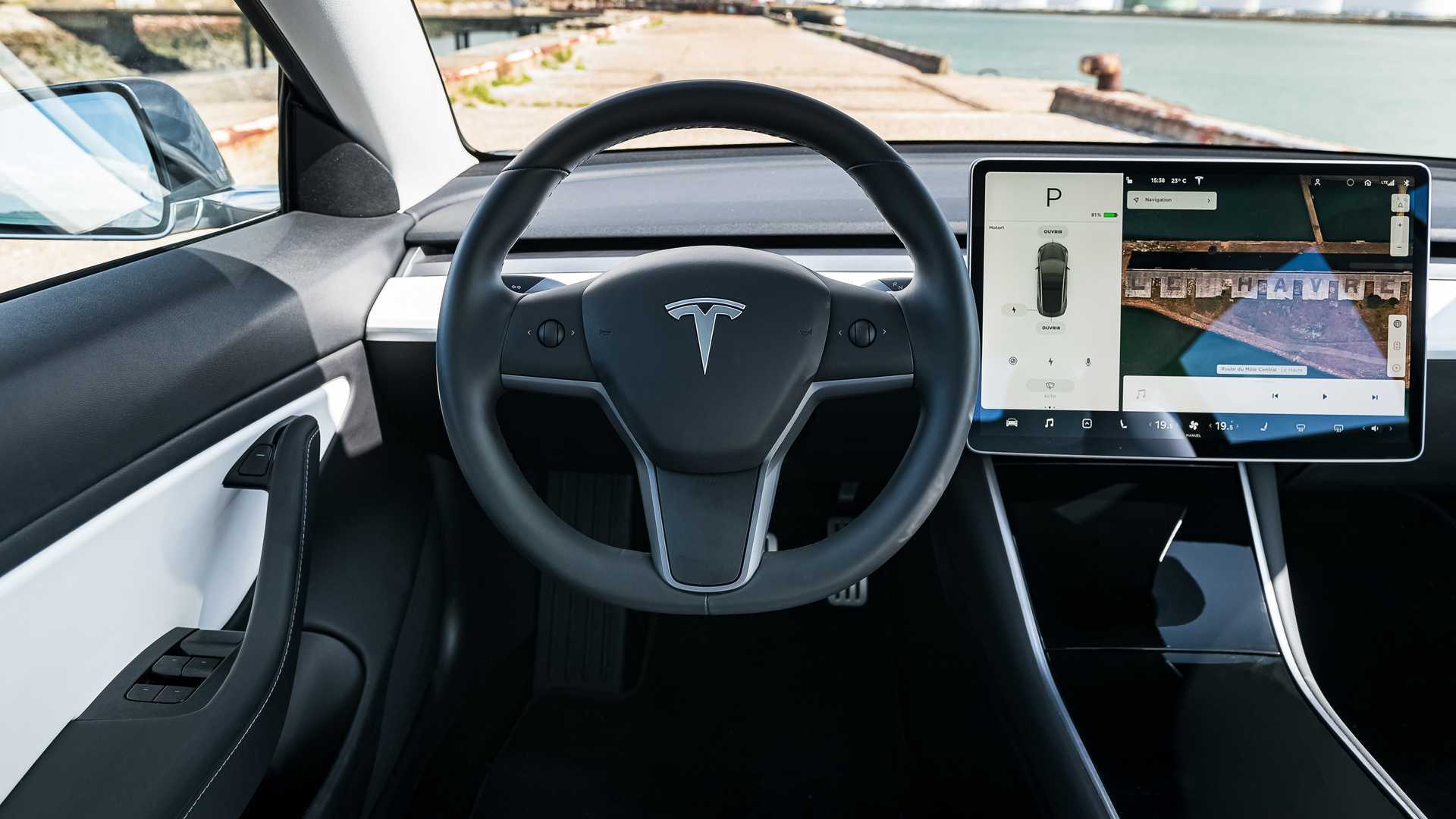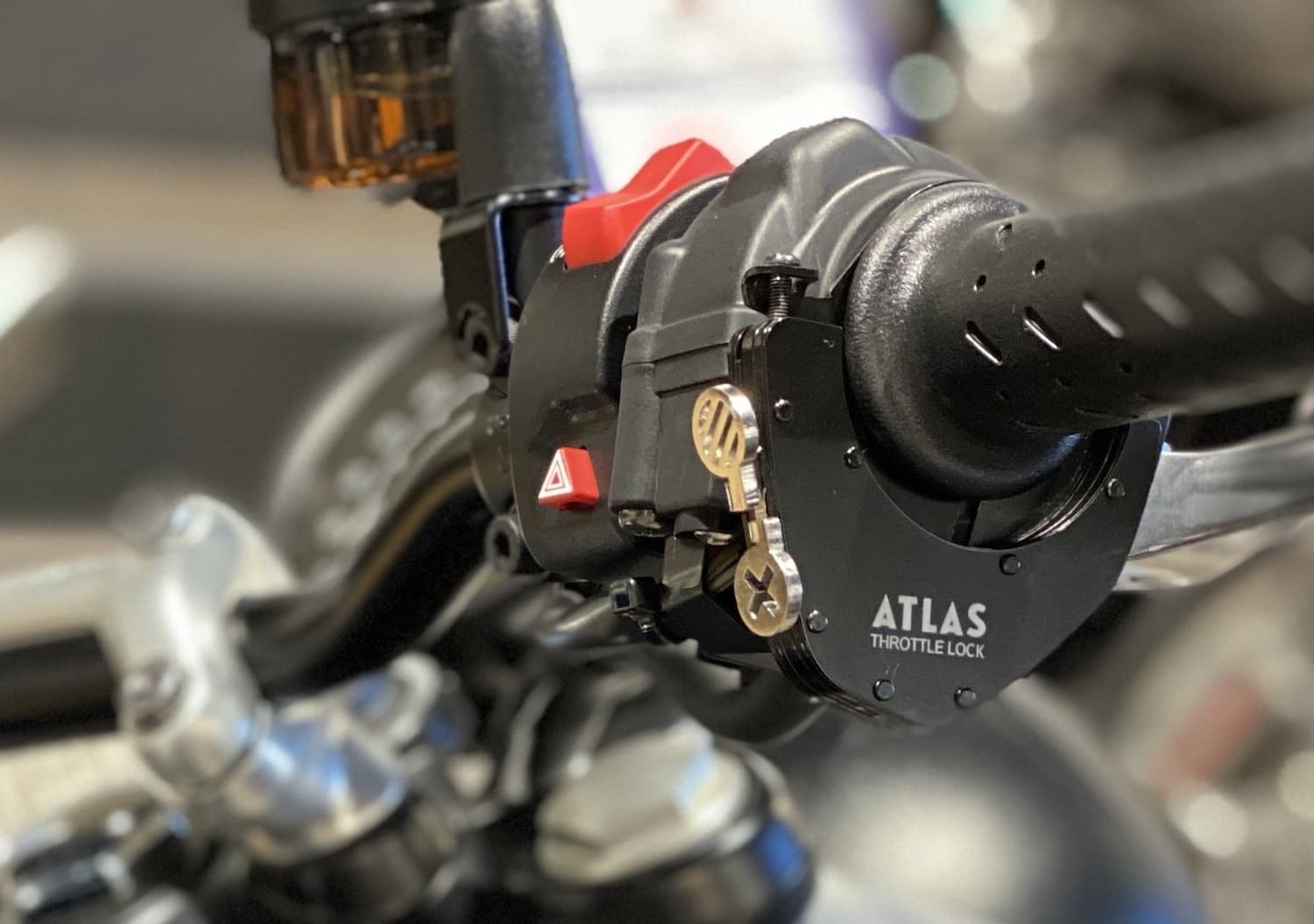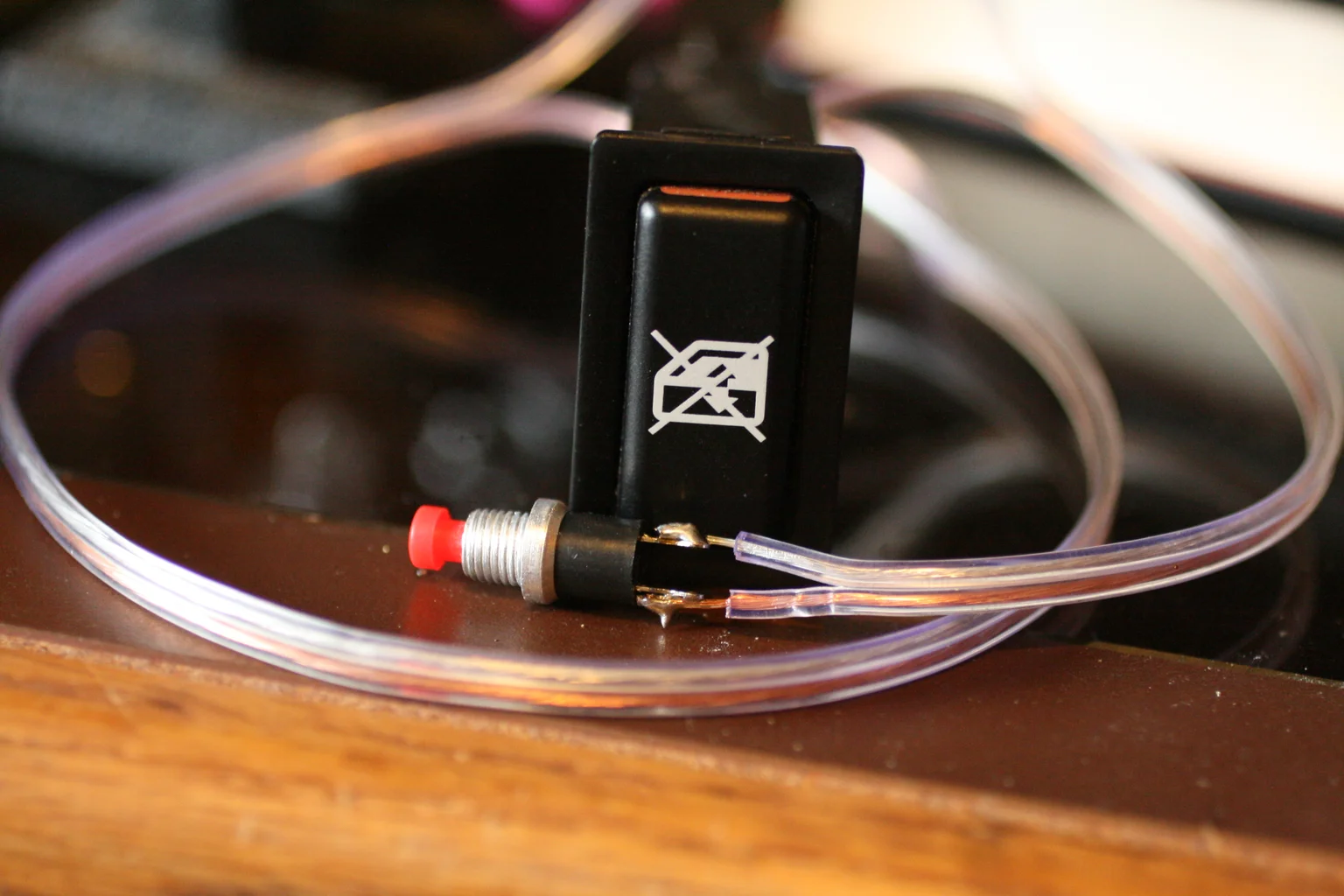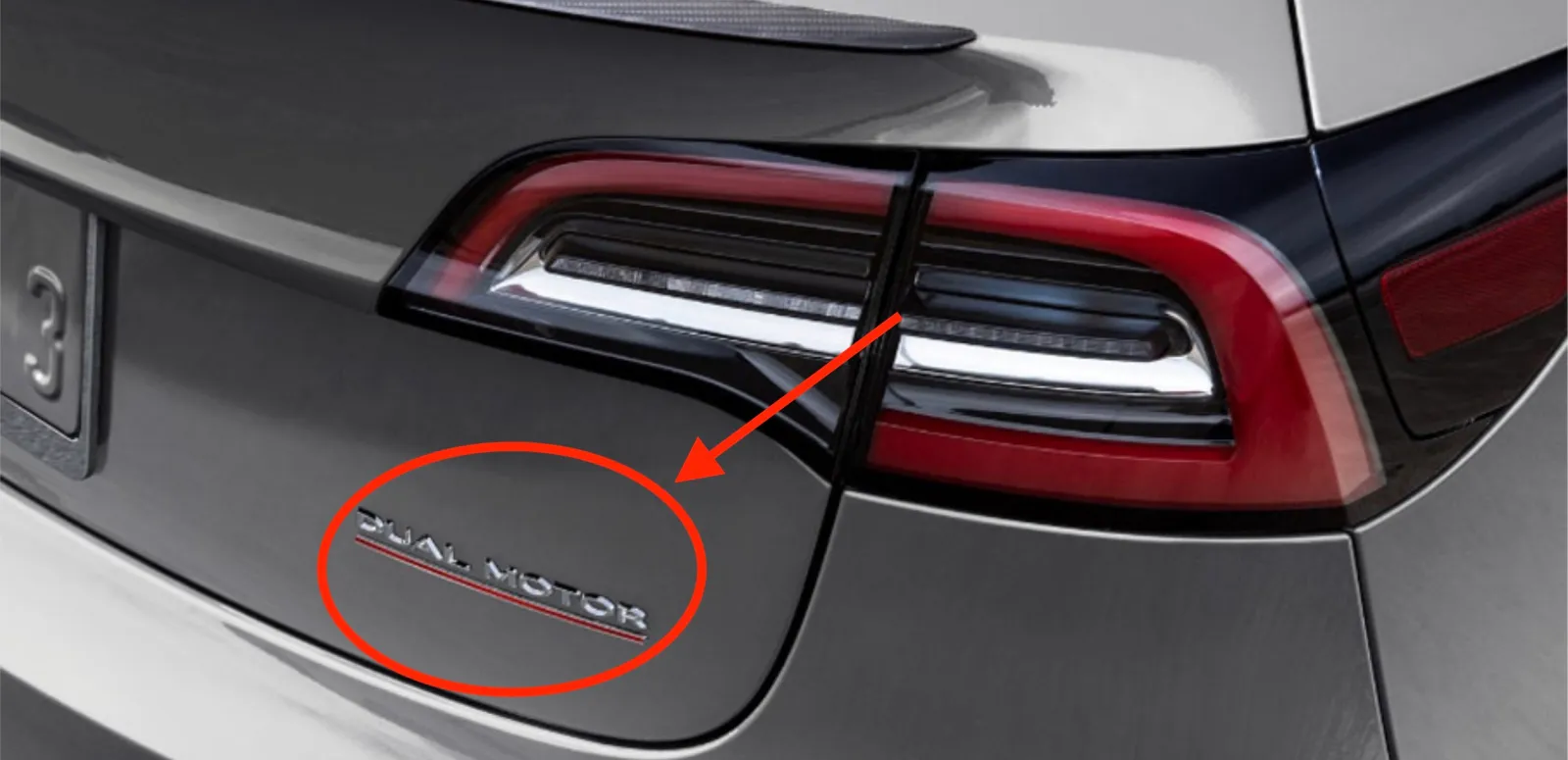As the automotive industry continues pushing the boundaries of speed and performance, safety has been an equally important focus.
Advances in automotive safety technology, especially those developed for racing cars and high-performance motorcycles, have significantly influenced the design and functionality of consumer vehicles.
This article delves into the evolution of these safety features and how they enhance the driving experience, ensuring that speed and safety go hand in hand. Understanding these technologies is crucial for enthusiasts and everyday drivers.
- The Racing Origin of Safety Innovations
Much of today’s automotive safety technology is rooted in the racing world. Racing environments, where vehicles operate at extreme speeds, have necessitated the development of advanced safety features.
Technologies such as anti-lock braking systems (ABS), traction control, and advanced aerodynamics for stability at high speeds were initially developed for race cars but have now become standard in consumer vehicles.
- Anti-Lock Braking Systems (ABS)
ABS prevents the wheels from locking up during braking, allowing the driver to maintain steering control, a feature particularly crucial during high-speed driving. Initially developed for airplanes and adapted for race cars, ABS is now a standard safety feature in most consumer vehicles.
- Traction Control Systems
Originating in motorsport, traction control systems help prevent wheel spin under acceleration by adjusting the power output to the wheels. This technology is vital for maintaining control, especially in high-performance vehicles and adverse weather conditions.
- Aerodynamic Stability
High-speed stability is crucial for race cars, and aerodynamic advancements have played a significant role. These innovations have trickled down to consumer vehicles, improving handling and stability at higher speeds.
- Roll Cages and Crumple Zones
The concept of crumple zones in consumer vehicles, which are designed to absorb and dissipate impact during a collision, can be linked to the roll cages in race cars. These features reduce the impact force transmitted to the occupants, significantly enhancing passenger safety.
- Advanced Materials for Safety
Advanced materials like carbon fiber and reinforced composites, initially popularized in racing, have significantly impacted consumer vehicle safety. These materials combine high strength with lightweight properties, enhancing vehicle safety without compromising performance.
- Data-Driven Safety Enhancements
Data collection and analysis are crucial for performance and safety enhancements in racing. This approach has been adopted in consumer vehicles, with onboard diagnostics and advanced sensor technologies providing real-time data to enhance safety features and alert drivers to potential issues.
- Impact of Driver-Assist Technologies
Driver-assist technologies, such as adaptive cruise control, lane-keeping assist, and automated emergency braking, are becoming increasingly common in consumer vehicles. These technologies, which assist drivers in making safer driving decisions, have benefited from advances in sensors and computing power initially developed for high-performance cars.
- The Role of Simulation in Safety Testing
Simulation technology, extensively used in racing to test vehicle designs and performance under various conditions, has become a crucial tool in consumer vehicle design and safety testing, allowing for more rigorous and comprehensive testing without physical prototypes.
- The Future of Automotive Safety Technology
As automotive technology continues to evolve, the future of vehicle safety looks promising. The integration of artificial intelligence, advanced sensors, and connectivity is set to revolutionize vehicle safety features, potentially leading to autonomous driving systems that could reduce human error on roads.
- Enhanced Visibility and Lighting Technologies
Advancements in lighting technology, initially developed for endurance racing where visibility is crucial, have significantly impacted consumer vehicle safety.
LED headlights, adaptive lighting systems, and laser light technology provide superior illumination, adapt to various driving conditions, and ensure better visibility at night and during adverse weather conditions. This enhanced visibility is critical in preventing accidents and improving overall road safety.
- Integration of Augmented Reality (AR) and Heads-Up Displays
Augmented reality and heads-up display technologies, which project vital information onto the windshield, allow drivers to keep their eyes on the road while staying informed.
Originating from high-speed racing, where quick data access is critical, this technology is increasingly incorporated into consumer vehicles, offering a safer and more intuitive way to access navigation, speed, and warning signals.
- The Importance of Tire Safety and Performance
Tire technology is another area where racing has significantly influenced consumer vehicle safety. High-performance tires designed for racing offer better grip and stability and have improved the tires available for everyday use.
Technologies like tire pressure monitoring systems (TPMS), which alert drivers to potential tire safety issues, are now standard features, enhancing safety on the road.
- The Role of Telematics in Vehicle Safety
Telematics systems, which collect and transmit real-time data from vehicles, have roots in racing data acquisition systems. In consumer vehicles, telematics is crucial in monitoring vehicle health, providing emergency response services, and even helping with efficient route planning to avoid hazardous conditions.
- Advanced Safety Testing and Protocols
The rigorous safety testing protocols in racing, including crash testing and stress simulations, have raised the bar for consumer vehicle safety standards.
These protocols ensure that vehicles are better equipped to protect occupants in an accident, leading to innovations in airbag systems, reinforced chassis designs, and advanced restraint systems.
- Emergency Response and E-Call Systems
Inspired by the quick emergency response mechanisms in racing, modern consumer vehicles increasingly feature automatic emergency call (E-Call) systems.
These systems automatically contact emergency services in the event of a severe accident, providing critical information such as the vehicle’s location and the nature of the crash, thereby reducing response times and potentially saving lives.
- The Evolving Role of Vehicle Maintenance
As vehicles become more advanced, proper maintenance is increasingly essential in safety. Regularly checking and replacing vital components using quality parts from trusted sources like Search For Parts is necessary to ensure that safety systems function correctly when needed.
- Educating Consumers on Safety Features
With the proliferation of advanced safety features in vehicles, educating consumers about their proper use and benefits has become crucial. Understanding and effectively utilizing these features can significantly enhance safety and the driving experience.
- The Future of Safety in Autonomous Vehicles
The advent of autonomous vehicles promises to be a game-changer in automotive safety. Leveraging technologies developed for high-performance vehicles, self-driving cars aim to reduce human error, one of the leading causes of road accidents. Integrating advanced sensors, AI algorithms, and connectivity will play a pivotal role in the future.
Conclusion
The journey of automotive safety technology is a compelling story of innovation inspired by the world of racing and translated into everyday safety for millions of drivers.
As vehicles evolve, integrating advanced safety features will remain a top priority, ensuring that the thrill of driving can be enjoyed with peace of mind. For vehicle owners and enthusiasts, understanding and keeping up with these advancements, with the help of resources like Search For Parts, is vital to fully appreciating and benefiting from these technological marvels.
Safety remains the paramount concern in the quest for speed and performance, guiding the automotive industry toward a safer and more secure future on the roads.













